The Japanese tea house is a purpose-built building to host the traditional tea ceremony. The ritual, called "chanoyu", "ochu" or "sado", which dates back to the 9th century, is for the Japanese much more than a gathering to enjoy a cup of tea. It is an existential experience, a way to preserve the emotion and sanctity of the moment, a place for relaxation and friendship.
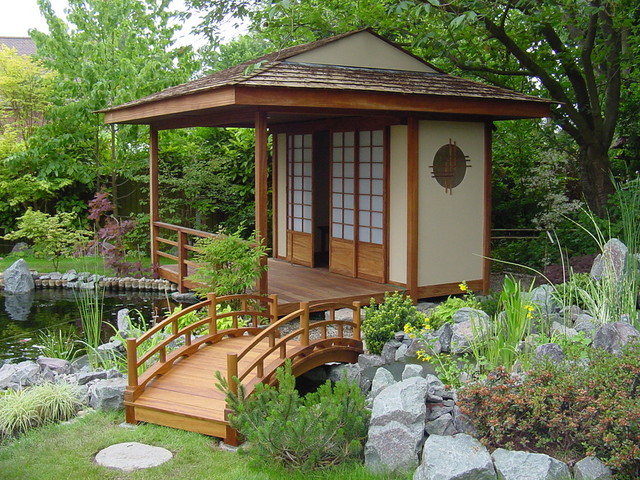
The house is generally small and the materials used are simple and natural. Surrounding the house is a garden - red, sometimes with benches - which is very important as it is used to prepare guests for the ritual.

The doors and windows are made of traditional balsa wood panels and very thin, almost transparent paper called shoji.
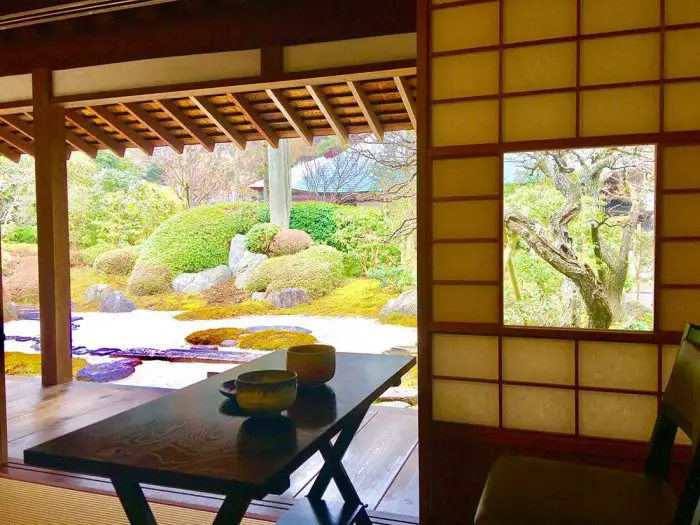
On the floor are mats - tatami mats - made of tightly woven rice straw, over which a layer of papyrus is laid, making them very soft. In every season the mats are laid out differently. The Japanese never walk on tatami mats in their shoes.

The entrance to the house is very low, forcing guests to stoop to enter, a symbolic gesture of humility. Inside there are 2 rooms, one for preparing tea and snacks and washing the dishes used and one for the actual tea ceremony. There are no decorations other than a print carefully chosen by the hostess to announce the theme of the tea. Sometimes the house also has a name, carefully chosen by the owners to reflect the simplicity of the tea ceremony and the Zen teachings of Buddhism.
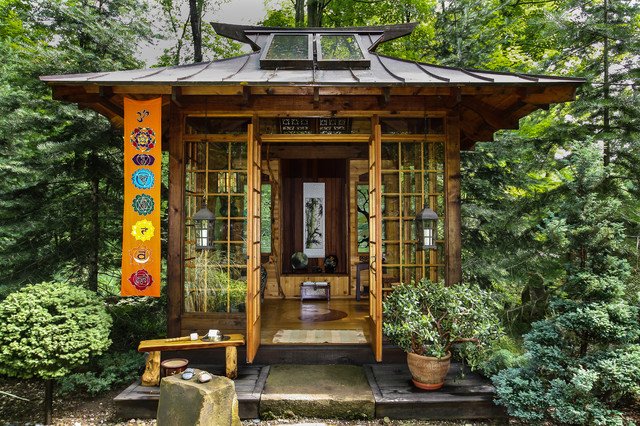
The Japanese are said to be the creators of minimalist design. Unlike Westerners, whose buildings are heavy, with lots of unnecessary decoration, often developed vertically, the Japanese shroud their buildings in mystery, going to the essence of things. It is said that in traditional Japanese architecture you start with one room and it takes a lot of effort to get it right and move on to the next. This is the case with tea houses: simplicity, mystery, tradition and natural materials.
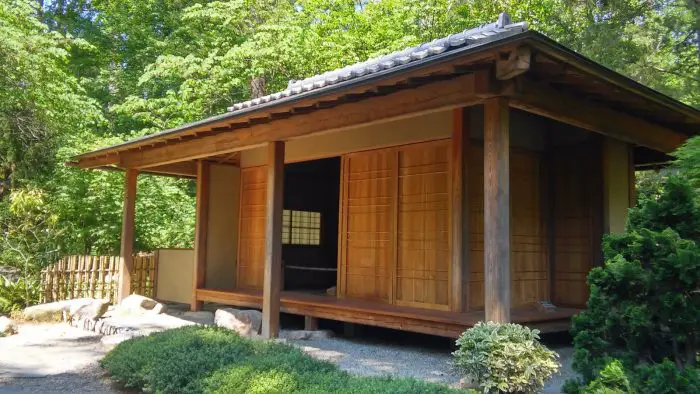
The Japanese tea house was the inspiration for the architect of a firm in Oregon, USA, that builds log cabins. A client, who had lived in Japan as a child, wanted a 45-square-meter house. Based on the teahouses, the result is a gorgeous cottage with two discreetly demarcated areas, a kitchen and a living area.

The living room is stark, typically Japanese, with a tatami mat-covered floor and shoji-paned windows.
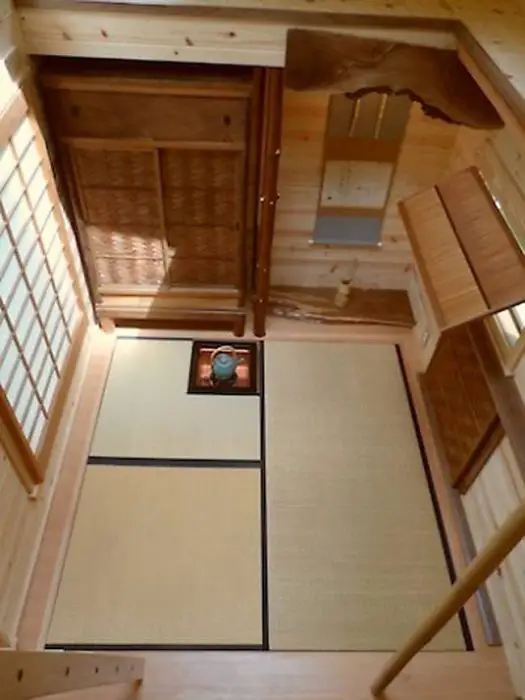
In keeping with the Japanese tradition of low entrances, a low entrance was also made for guests.
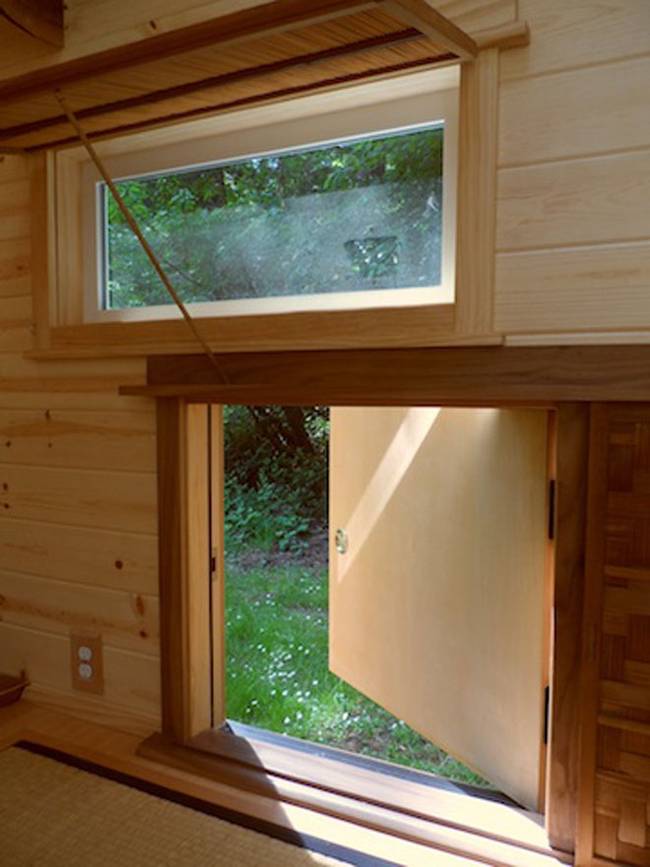
The sleeping area is, let's say, in the attic, a prici-like area, reached up a simple staircase and where you can sleep on mattresses.

Decorations are missing here too, the only one being a tea-themed print.
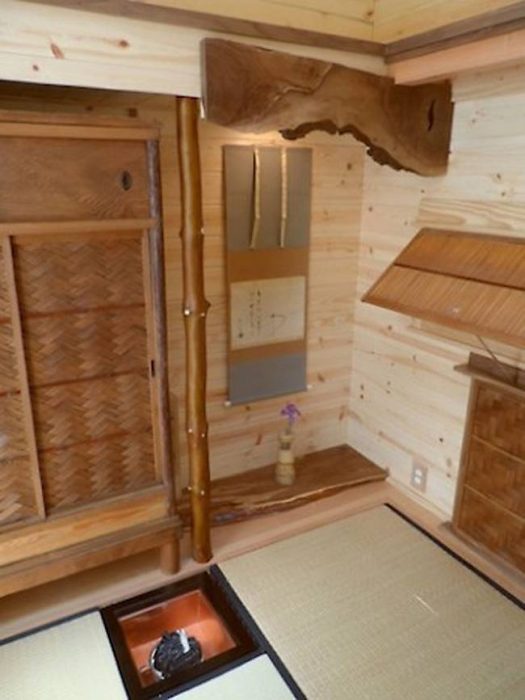
The surprise of the house is the tea kit hidden in the floor.
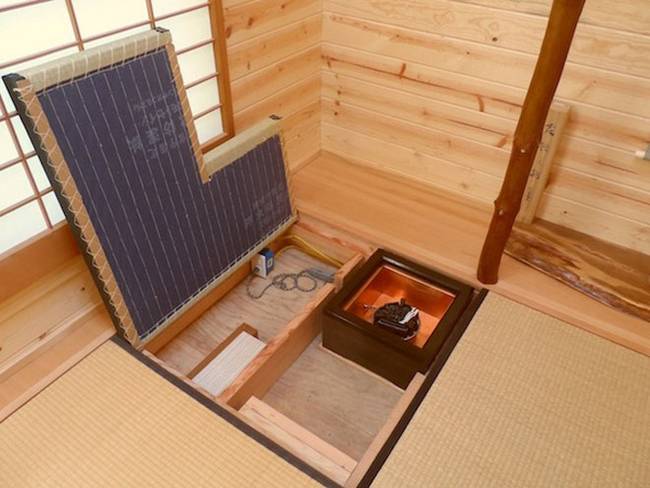
The house was a success and the author was soon asked to make a 4-wheeled version. And this time it turned out really well.
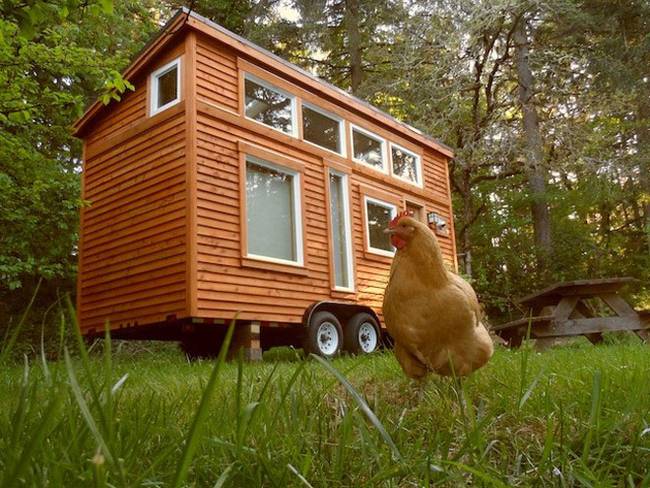




































Add comment